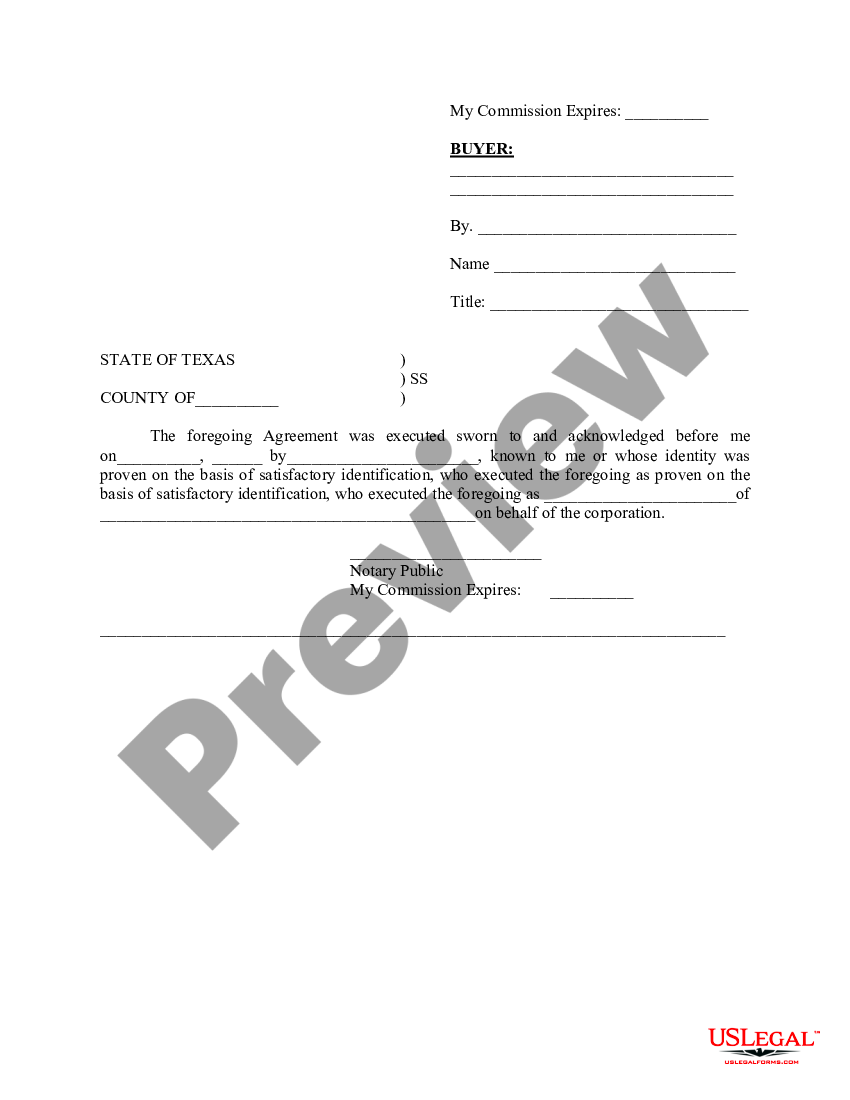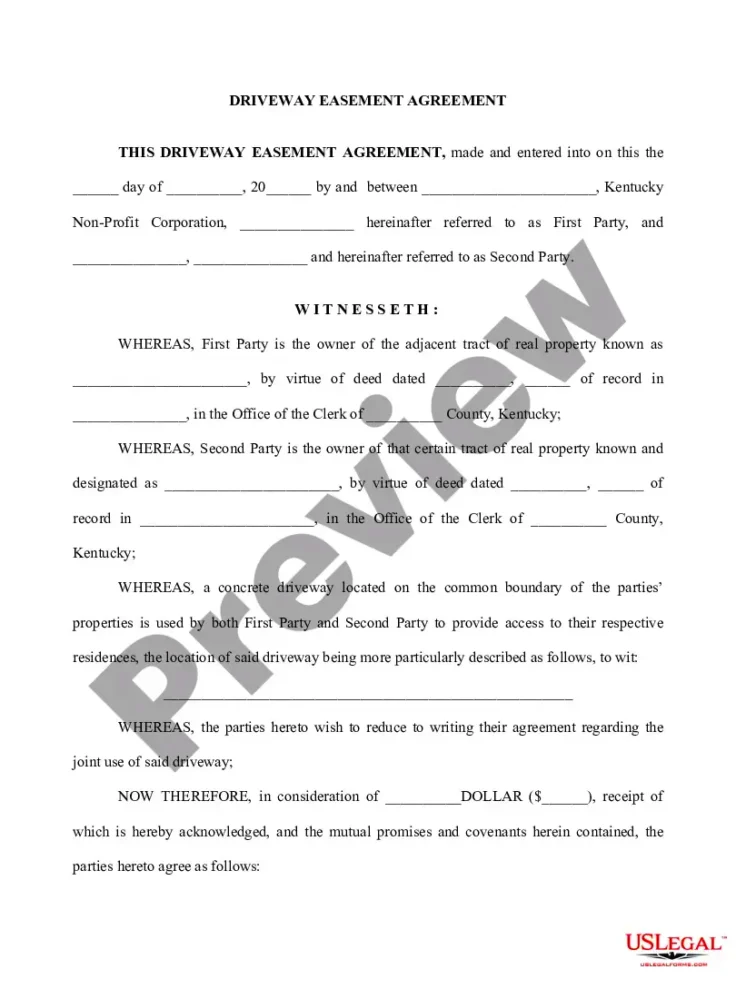Essential Information About Kentucky Easement Laws
Easements are a significant aspect of property law in Kentucky. They grant one person the permission to use another person’s land for a certain reason. With an understanding of easements, property owners understand their rights and obligations. In cases such as getting to a road or utility lines, easements can be helpful. In Kentucky, state laws regulate these kinds of rights. Familiarity with some of the basic principles about easements may assist in averting misunderstandings between neighbors and clarifying who owns what.
Types of Easements Recognized in Kentucky

Several types of easements are acknowledged in the state of Kentucky. They include the following:
- Express Easements: These are created by a written agreement between the property owner and the easement holder. The terms are clearly outlined in the document.
- Implied Easements: These arise from the circumstances surrounding the property. For instance, if a property has been accessed in a certain way for a long time, an implied easement may be established.
- Prescriptive Easements: These occur when someone uses another person’s property openly and continuously for a specific period, typically 15 years in Kentucky. The owner may lose rights to exclude others if this happens.
- Utility Easements: These are granted to utility companies to install and maintain infrastructure like power lines and water pipes.
Different forms of easements come with their own respective rules and obligations. Property owners need to comprehend the differences in order to properly exercise their rights.
How Easements Are Created
To establish an easement in Kentucky, there are particular procedures that must be followed. The following is a summary of the process for easement establishment:
- Written Agreement: The most straightforward way is through a written contract. This should detail the purpose, location, and duration of the easement.
- Usage Over Time: For implied and prescriptive easements, long-term use is key. The user must show they have used the property openly and without the owner’s permission.
- Subdivision Deeds: Sometimes, easements are included in subdivision deeds. This means all properties in a subdivision might have shared easement rights.
- Legal Proceedings: If there’s a dispute or ambiguity, a court can establish an easement based on evidence presented.
To make sure everyone involved knows their rights as well as duties, an easement must be executed in the correct way. Adequate paperwork coupled with effective communication helps to avoid misunderstandings later on.
Rights and Responsibilities of Easement Holders
The privileges that an easement holder enjoys on someone else’s property come with particular ensure that need to be comprehended so as to ascertain that both parties do not experience future misunderstandings with one another or possible conflicts. Therefore, the easement holder should familiarize themselves with the intended use of the land which they are permitted to enter according to the easement contract. In this case, for example, a person may be allowed to use a footpath, keep utility lines operational or reach common resources.
Some of the major privileges and obligations that should be held by easement holders are as follows:
- Right to Use: Easement holders can use the property for the purpose stated in the easement. They cannot expand this use without permission.
- Maintenance Responsibilities: The easement holder often has a duty to maintain the area they use. For example, if you have a path easement, you might be responsible for keeping it clear.
- Respecting Property Boundaries: Easement holders must stay within the agreed area. Going beyond this can lead to disputes.
- Not Causing Damage: It’s important to avoid causing harm to the property. If damage occurs, the easement holder may be liable for repairs.
When easement holders understand these rights and responsibilities, they are able to use the property responsibly as well as cultivate good relationships with owners of the property.
Common Disputes Involving Easements
Various factors may cause misunderstandings between property owners and easement holders, leading to disputes involving easements. Some of these issues that can lead to conflict include:
- Boundary Disputes: Conflicts may arise over the exact boundaries of the easement. This can lead to disagreements about whether a party is encroaching on someone else’s property.
- Use Restrictions: Sometimes, easement holders may use the property in ways not specified in the agreement. This can upset property owners and lead to disputes.
- Maintenance Responsibilities: Disagreements about who is responsible for maintaining the easement area can create tension. Each party may have different expectations.
- Obstruction of Access: If the property owner blocks access to the easement, it can lead to serious disputes. This includes physical barriers or refusal to allow access.
Knowing these typical disagreements can allow both sides to tackle matters before they blow up.
How to Resolve Easement Disputes
It may be difficult to solve disputes over easement but is important in retaining good relationships and maintaining property rights. Here are a few steps that can work:
- Open Communication: The first step is to talk openly with the other party. Discuss your concerns and try to understand their perspective.
- Review the Easement Agreement: Look over the written agreement to see what it states regarding rights and responsibilities. This can provide clarity and help settle misunderstandings.
- Mediation: If direct communication doesn’t work, consider bringing in a neutral third party to mediate the dispute. A mediator can help facilitate a discussion and find common ground.
- Legal Action: As a last resort, you may need to seek legal advice or take the dispute to court. A judge can provide a legal ruling based on the easement terms and property laws.
When you take these actions, it is probable that conflicts will be solved without difficulty for owners of properties as well as easements users.
Legal Considerations for Easements
Legal considerations play a vital role when it comes to dealing with easements in Kentucky. Property owners and easement holders can therefore benefit from understanding these aspects since they would be able to navigate their rights and responsibilities in an effective manner. Firstly, it is important to document easements in writing so that there is clarity on them and this may help avoid disagreements. Oral agreements may often lead to misconceptions; hence they are usually not enforceable.
There are various important legal options to consider.
- Written Agreements: Always have easements documented in a clear and legally binding contract. This should detail the purpose, location, and duration of the easement.
- Property Boundaries: Clearly define the boundaries of the easement. This helps prevent encroachment and disputes over property lines.
- Compliance with Local Laws: Be aware of local and state laws governing easements. These laws can vary, so understanding the specific requirements in Kentucky is essential.
- Revocation Conditions: Understand the conditions under which an easement can be revoked or modified. Knowing this can protect your rights if circumstances change.
In this way, both sides may spare themselves from any quarrels during easement transactions by taking into account these legal issues.
FAQs About Kentucky Easement Laws
Questions about easement laws in Kentucky are many. Here are some FAQs that will help:
- What is an easement? An easement is a legal right to use another person’s property for a specific purpose.
- How long does an easement last? Easements can be temporary or permanent, depending on the terms set out in the easement agreement.
- Can an easement be revoked? Yes, an easement can be revoked under certain conditions, such as if it is no longer needed or if the terms of the easement are violated.
- What happens if there is a dispute over an easement? Disputes can often be resolved through communication, mediation, or, in some cases, legal action.
- Are easements transferable? Some easements are transferable, meaning they can be passed to future property owners, while others may end with the original holder.
These FAQs may assist in pointing out common concerns and help people to understand their rights on easements in Kentucky.
Conclusion
Owning real estates or easement is not easy if the owners don’t know what easement is according to Kentucky laws. Through understanding different kinds of easements, their entitlements given to each type, who has them, as well as other related things about them; people will learn how to deal more appropriately with property issues. Disagreements may occur on these matters but talk between two sides may help prevent them from getting worse and even help in dealing with them appropriately.
Informing yourself about easement policies may help you avoid some problems in future especially if you are a property/actually easement holder. Should you need clarifications or even if you have doubts regarding certain aspects of easements always speak to an attorney versed in real estate matters because it might be the only way to secure your interests.


